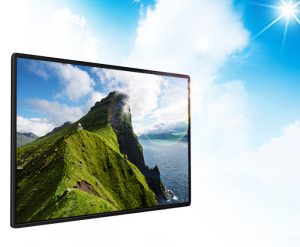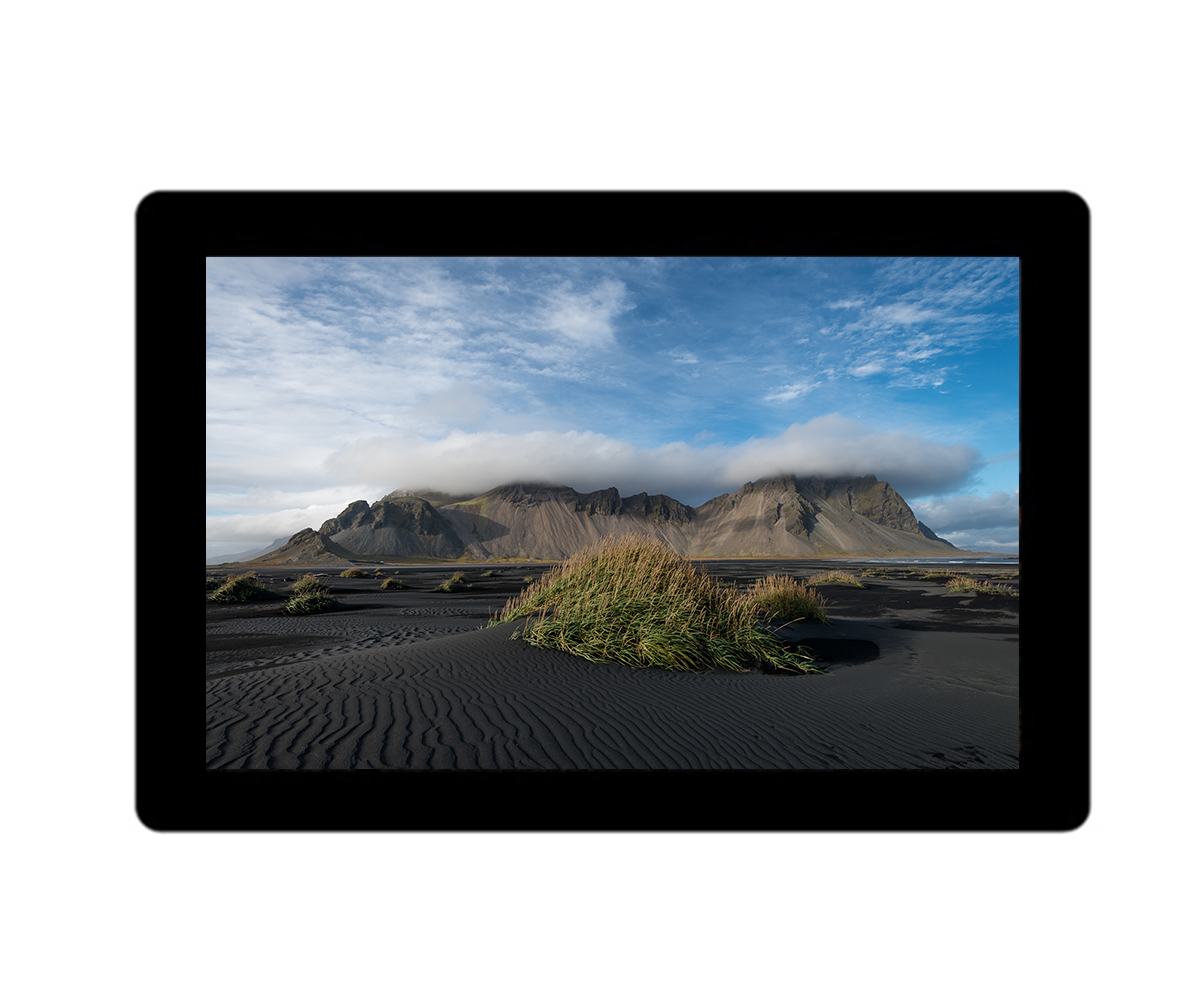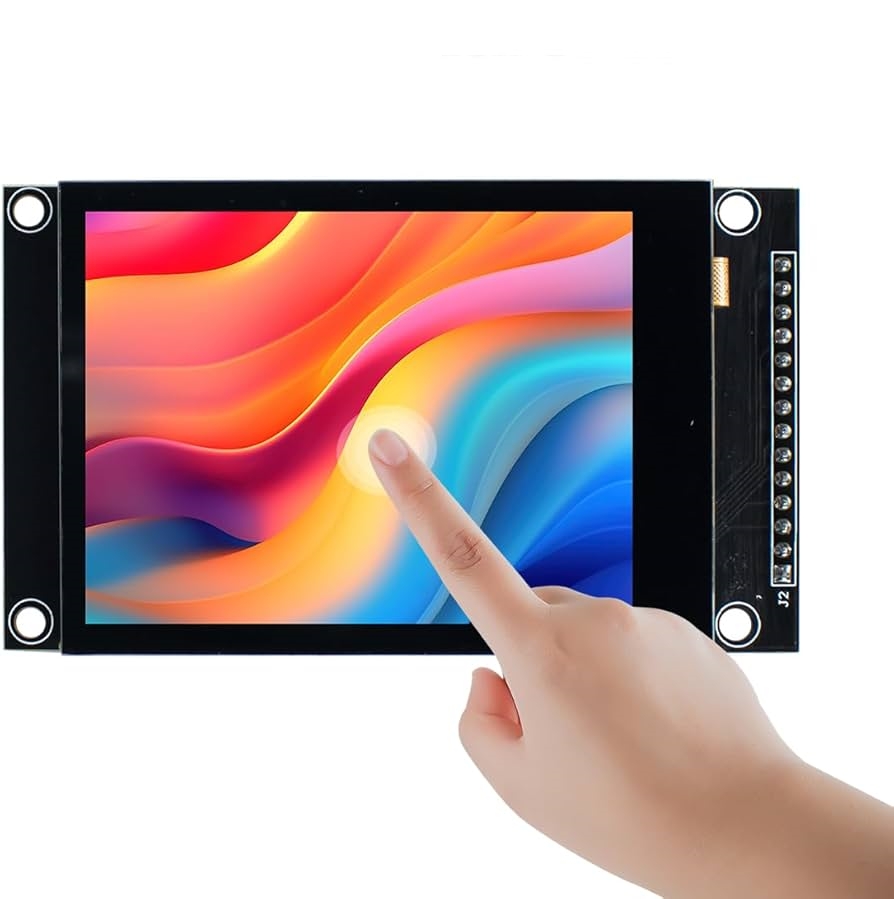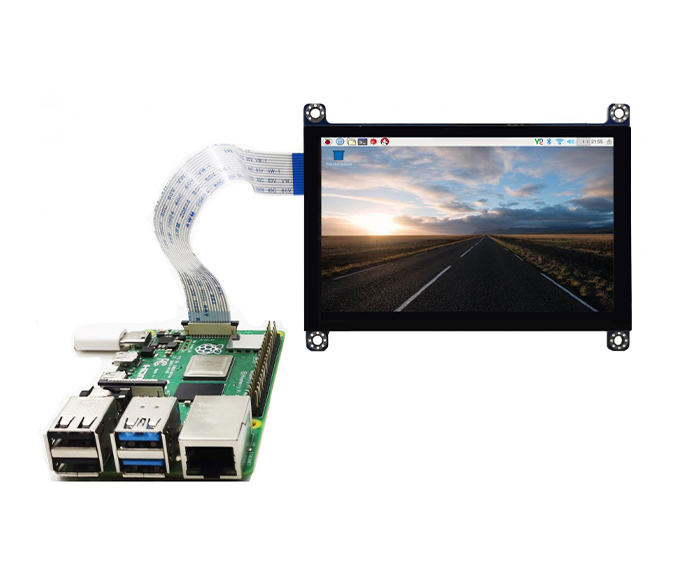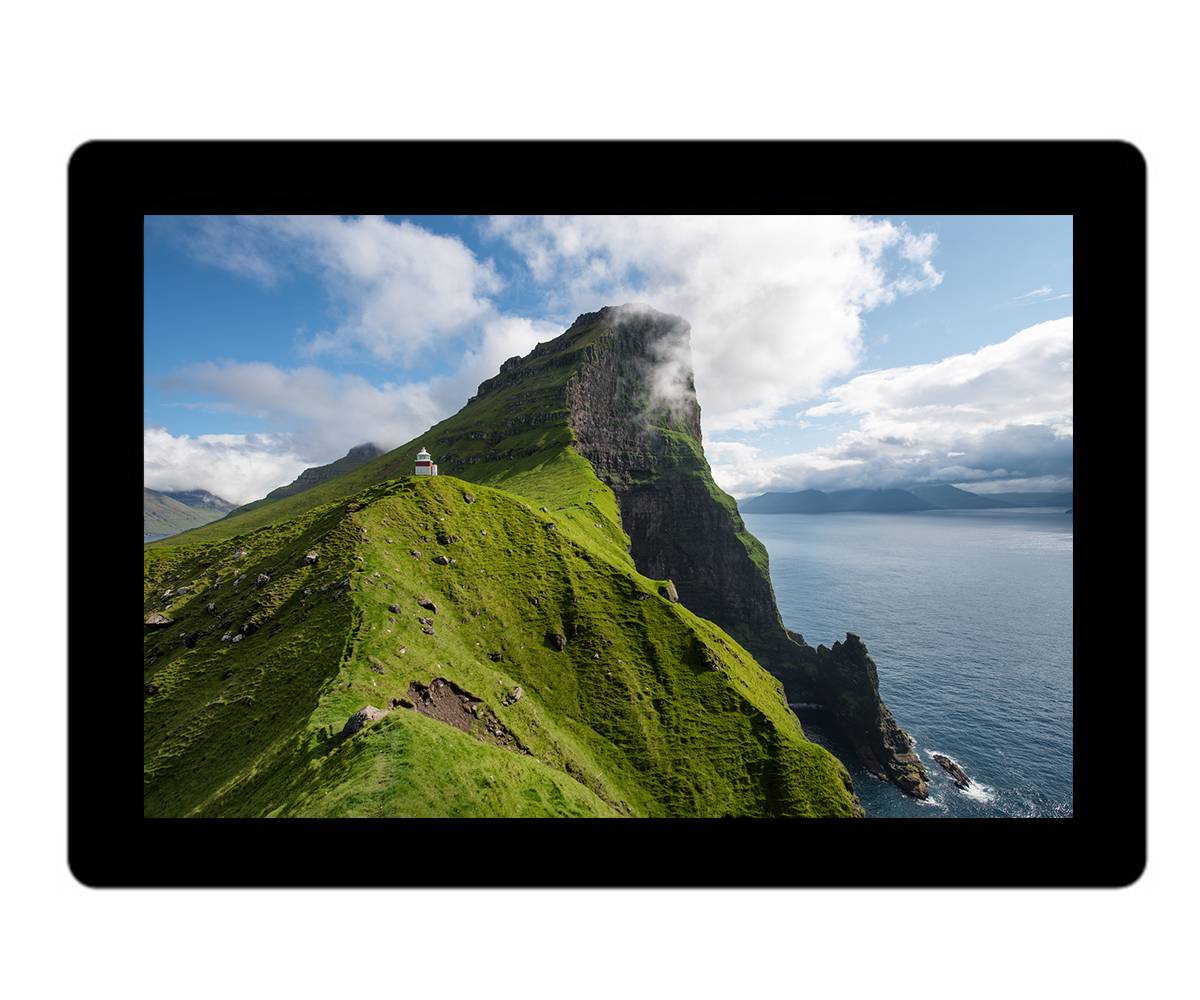Understanding Sunlight Readable Displays
What Are Sunlight Readable Displays?
Sunlight Readable Displays, also known as high-brightness displays, are designed for optimal visibility in bright outdoor environments, especially under direct sunlight.
Several Types of Technologies and Solutions of Sunlight Readable Displays
LCD (Liquid Crystal Display):
Standard or Enhanced Brightness LCDs: These displays increase the brightness level to 1000 nits or higher, ensuring visibility even in sunlight.
Optical Bonding: This process removes the air gap between the display and protective cover glass, reducing glare and improving contrast.
Anti-Reflective (AR) or Anti-Glare (AG) Coatings: These coatings minimize reflection, helping to maintain visibility.
LED Displays:
LED-backlit displays can achieve high brightness levels, making them suitable for outdoor use, especially in large signage or billboards.
OLED (Organic Light Emitting Diode):
While OLEDs naturally offer better contrast and viewing angles, sunlight readability can be enhanced with brightness boosting technologies, although they are less common than high-brightness LCDs.
Transflective LCDs:
These displays use ambient light to enhance visibility. In bright conditions, the display reflects sunlight, reducing the need for power to the backlight.
MicroLED Displays:
MicroLED technology offers ultra-high brightness and excellent contrast, making them highly suitable for outdoor applications in direct sunlight.
These displays are used in various outdoor applications like kiosks, digital signage, industrial control systems, ATMs, and marine navigation systems.
Advantages of Sunlight Readable Displays for Outdoor Use
Enhanced Visibility in Direct Sunlight
Sunlight-readable displays offer an advantage by staying visible under bright sunlight conditions This characteristic is especially useful, for outdoor ads public info screens, and other setups that need constant visibility The vibrant screens grab attention and deliver important information effectively in harsh lighting situations.
Improved Durability and Robustness
Weather-Resistant Features
Displays that can be easily read in sunlight are designed to endure weather conditions by being enclosed in housings that shield them from moisture and dust as well, as extreme temperatures This robust construction guarantees prolonged functionality and minimizes the need for frequent repairs leading to cost savings, in maintenance expenses.
Vandal-Proof Designs
Many sunlight-readable screens are not resistant, to weather. Also built to withstand vandalism with features like toughened glass and sturdy construction methods that shield them from physical harm—a crucial aspect for safeguarding in public spaces and high-volume settings prone to damage, by vandals.
Energy Efficiency Benefits
Displays that can be read in sunlight are both durable and energy efficient as their high brightness allows for visibility without using much power ultimately leading to cost savings, for businesses and supporting environmental sustainability measures in the long run.
Applications of Sunlight Readable Displays in Various Industries
Transportation and Public Information
Sunlight readable screens are commonly found in transportation facilities, for signs and real-time update systems like airports and train stations where they play a role, in informing passengers about arrivals and departures as well as any delays that may occur.
Retail and Advertising Signage
Sunlight-readable screens play a role, in marketing within the retail industry. They attract customers with their images and easy-to-read messages even in sunny conditions. This feature makes them perfect, for promoting sales and displaying product details to boost revenue and increase brand recognition.
Marine and Military Uses
Sunlight readable screens are crucial, for marine and military uses as they display information clearly during the day for navigation and operational purposes to maintain efficiency effectively while also being durable and weather resistant, for marine and military settings.
Industrial and Manufacturing Applications
In settings, sunlight-readable screens are commonly used to monitor operations and offer updates in outdoor settings. These screens play a role, in improving efficiency boosting safety, and facilitating communication in bustling outdoor manufacturing sites. Their durability and trustworthiness are crucial, for the running of operations.
KADI Display’s Cutting-Edge Solutions
Overview of KADI Display’s Products
KADI Display is a company that focuses on providing high-performance display solutions. It is committed to the research, development, production and sales of various types of LCD displays and modules. KADI Display ‘s products are widely used in many industries, such as industry, commerce, medical care and transportation. It is particularly good at providing display solutions that can be viewed in sunlight.
KADI Display Sunlight Readable Displays
Most KADI Display high-brightness displays can reach brightness above 800cd/m², and some even reach up to 2500cd/m².
Features of KADI Display high brightness displays:
High contrast enhances image clarity and detail richness.
Visible in sunlight
High color reproduction
Selecting the Right Sunlight Readable Display for Your Needs
Key Considerations for Choosing a Display
When selecting a Sunlight Readable Display there are factors to think about; Brightness and contrast are crucial, for visibility, in different lighting situations, and it’s important to evaluate the resolution and aspect ratio choices to match various types of content and viewing distances.
Brightness and Contrast Ratios
In conditions, it’s important to focus on screen brightness since it affects how easily we can read the display outside. A strong contrast ratio works well with brightness to make the content, on the screen clearer outdoors where lighting changes a lot during the day.
Resolution and Aspect Ratio Options
The display resolution should be suitable for the complexity of the content to accurately capture details as intended. Options, for aspect ratios should also be taken into account to meet installation needs and ensure the integration of the display, in the intended area.
Installation and Maintenance Tips
It’s crucial to install and maintain sunlight displays properly to ensure they last long and perform well. Mount the display correctly, at the angle and position, for visibility. Regularly. Clean the screens to make sure all parts are working as they should be and protect your investment in these displays.







